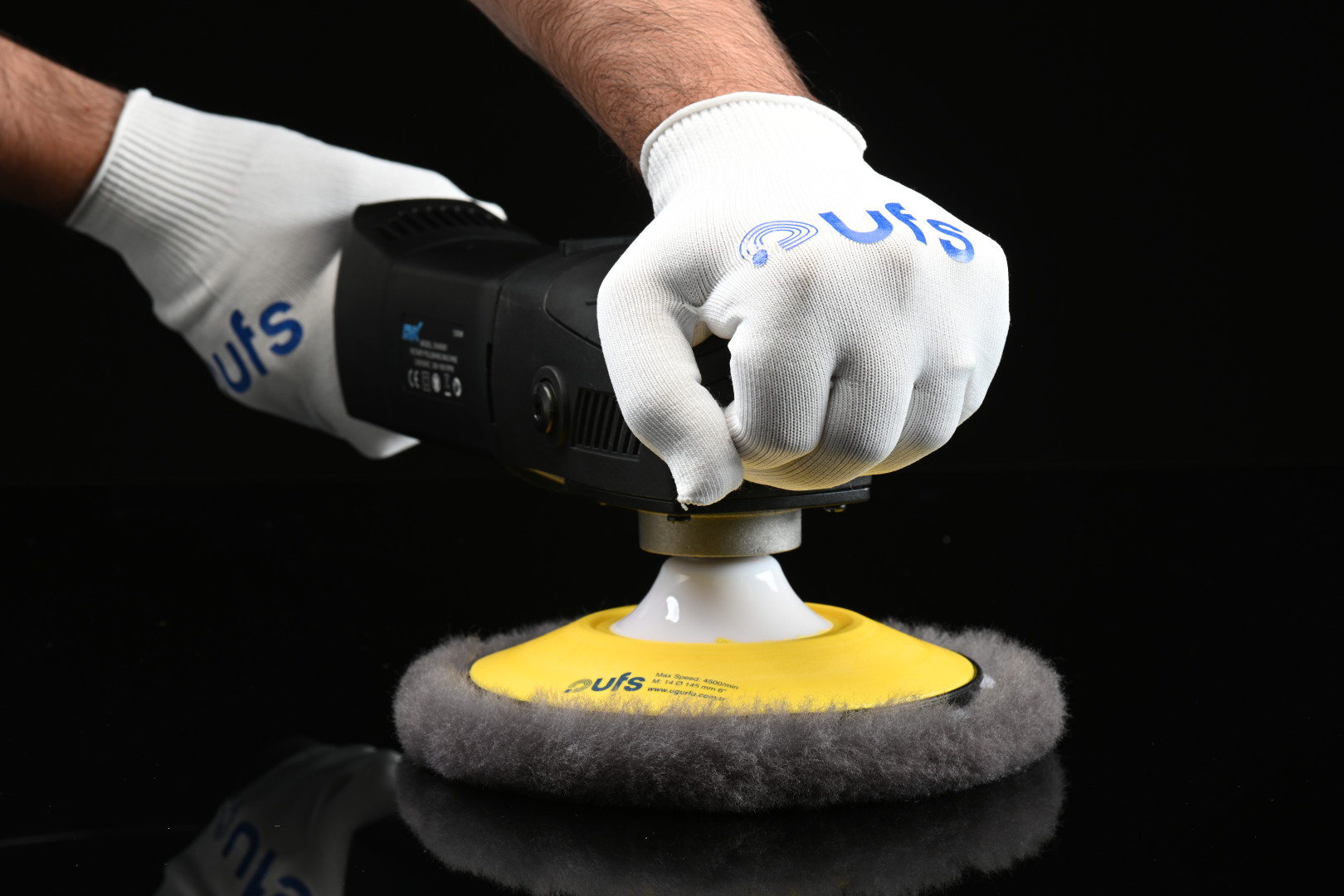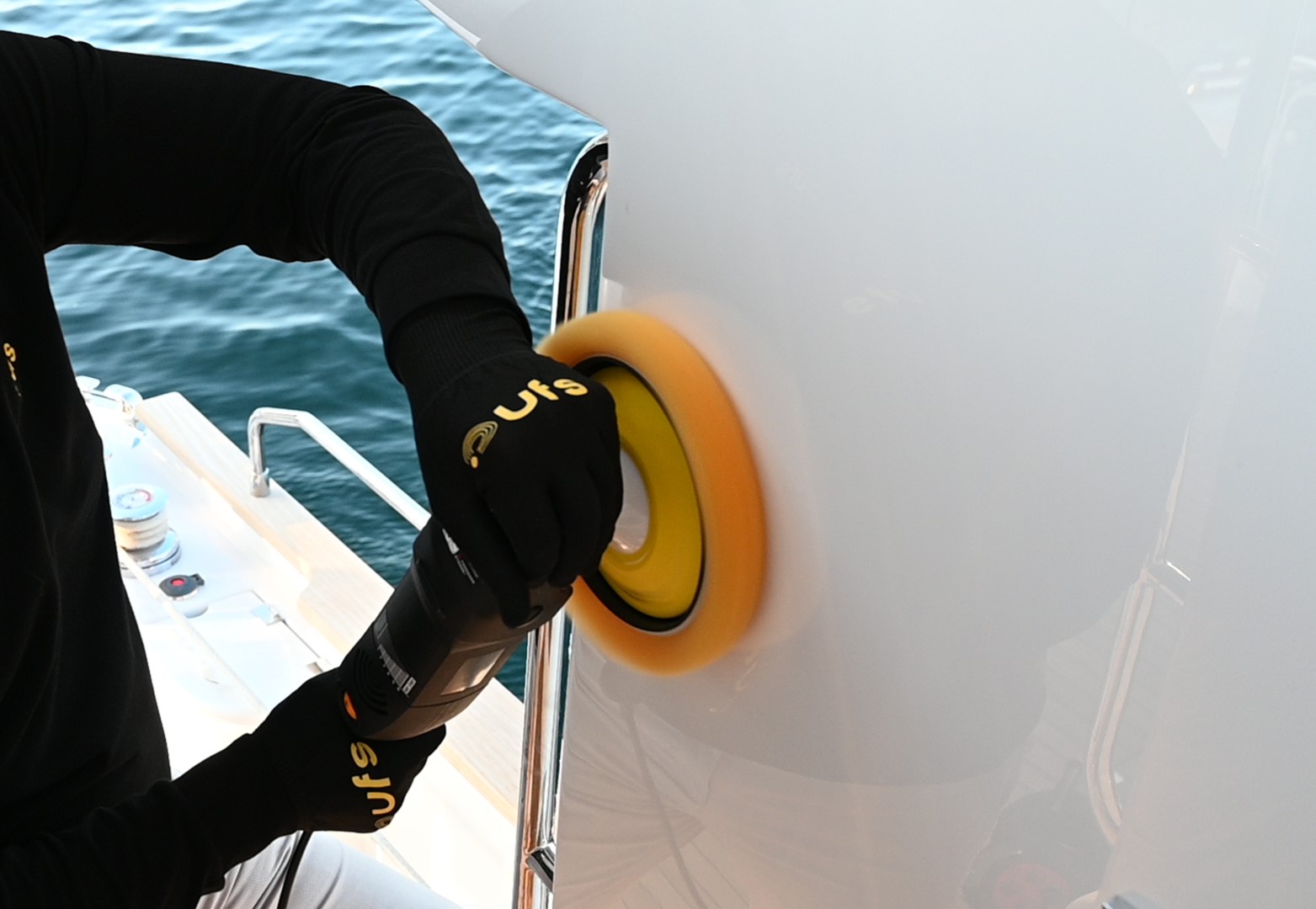
Car polishing is vital for maintaining your vehicle's exterior and ensuring it looks aesthetically pleasing. This process helps restore the paint's original shine, especially when it has faded due to prolonged exposure to the sun. Car polishing removes fine scratches and dirt from the paint, resulting in a smoother surface. By using a car polishing wax, this process involves a micro-level polishing treatment with special compounds applied to the vehicle's surface. During this process, high-quality materials such as sheepskin polishing felts or microfiber cloths are typically used. These materials help evenly distribute the polish on the surface, achieving maximum shine. The polish is applied slowly in circular motions, eliminating all surface imperfections and bringing out the original color tones of the car. Car polishing also makes the vehicle's paint more resistant to environmental factors, helping your car maintain a like-new appearance for longer.
How to Polish a Faded Car?
Restoring the shine of a faded car is a meticulous process. First, it is necessary to remove dirt and dust accumulated on the surface of the vehicle. This cleaning phase removes the oxidation layer and dirt particles from the surface, allowing the polish to penetrate better. The cleaning process is usually done using water and a high-quality car shampoo. Once the surface is completely dry, a specially formulated car polishing wax is used to revive the faded paint. These polishes typically contain strong formulas and provide UV protection to prevent further fading of the paint. The faded car paint polishing process begins by applying the polish evenly to the surface. This application is usually done with a polishing machine, as the machine rotates at high speed, allowing the polish to penetrate deeply into the paint. This deep penetration allows the colors beneath the paint to come alive again and makes the surface look shinier than before. Once the process is complete, the car's surface is gently wiped with a microfiber cloth. This final step removes any excess polish residue and maximizes the car's shine.
What are the Methods for Car Polishing?
The car polishing process can be carried out using various techniques. Each method may be suitable for different types of vehicles and paints. Here are the most common car polishing methods:
- Hand Polishing:
Materials: Microfiber cloths, sponge, or soft fabrics.
Method: The polish is applied directly to the vehicle's surface and worked in by hand using circular motions. This method is ideal for delicate areas and small scratches because the control is entirely with the user.
Advantages: Lower cost and no equipment required. Offers precise application.
Disadvantages: Can be time-consuming and physically exhausting for large areas.
- Machine Polishing:
Materials: Rotary or dual-action polishing machines, polishing pads.
Method: A polishing machine is used to distribute the polish evenly across the vehicle's surface and to remove deep scratches. While the machine rotates to work the polish deeper into the surface, dual-action machines provide a gentler process.
Advantages: Faster and more effective results, ideal for large areas. More effective on deep scratches and oxidation layers.
Disadvantages: Higher equipment cost and requires more experience to use.
- Wet Sanding and Polishing:
Materials: Wet sandpaper, water, polishing machines.
Method: In cases of very deep scratches or severe paint damage, the surface is first gently sanded with wet sandpaper. Then, the standard polishing process is carried out.
Advantages: Ability to remove serious defects on the surface.
Disadvantages: Requires high attention and professionalism; can damage paint if done incorrectly.
- Clay Bar Use:
Materials: Automotive clay bars and lubricant sprays.
Method: Before applying the clay bar to the vehicle's surface, it is moistened with a lubricant spray. This bar is used to remove microscopic dirt and residues from the surface.
Advantages: Thoroughly cleans fine dirt and residues on the paint, providing ideal preparation before polishing.
Disadvantages: Care must be taken to keep the surface constantly wet during application.
How to Polish Cars Based on Their Colors?
The color of your car determines the techniques and products to be used during the polishing process. Different methods applied according to color tones help maximize the car's shine while also extending the paint's lifespan. Here are some polishing methods for popular car colors:
Black Car Polishing
Black cars are the most attention-grabbing in terms of shine but also show every imperfection most prominently. Even the slightest scratch on black paint can be easily noticed.
- Preparation: Thoroughly clean the surface and remove dirt. Using a clay bar to remove microparticles helps achieve better results with the subsequent polish application.
- Polishing: Use a high-quality polish without abrasive particles. Polishes specially formulated for black paint should be preferred. These polishes enhance the depth and shine of the paint while helping to prevent hologram formation.
- Polishing: Apply using a low-speed, high-quality polishing pad with non-circular motions. Being gentle during this process ensures the polish is evenly distributed and prevents hologram formation.
- Final Coat: Finish the process with a wax or sealant that provides UV protection. This helps maintain the paint's shine for a long time and protects against UV rays.
White Car Polishing
White cars tend to show dirt and stains but achieving a perfect shine is possible with the right methods.
- Preparation: Clean the surface thoroughly. Since dirt and dust are more noticeable on white paint, deep cleaning with a clay bar is recommended.
- Polishing: Start with a polish containing mild abrasives. Due to its reflective properties, white paint can achieve a high shine even with mild abrasives.
- Polishing: Gently work the surface using a polishing machine at medium to low speed. Avoid applying excessive pressure, as this can cause hologram formation on the surface.
- Final Coat: Apply a high-quality wax or sealant to protect the surface. This will help maintain the paint's shine for a long time and provide a shield against UV rays.
These methods allow you to optimize the polishing process according to your car's color. Proper surface preparation and the use of appropriate products greatly enhance the quality of the results you will achieve.


.JPG)
.JPG)
